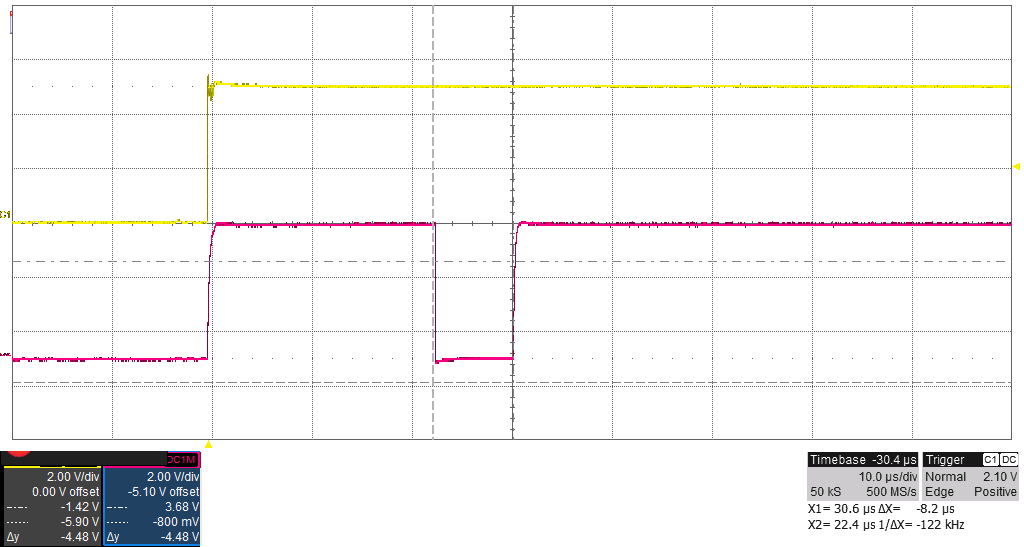Other Parts Discussed in Thread: DRV5013
Dear, Sir.
tON typical & maximum values are defined on the datasheet, page 6.
My customer is asking the duratuion of ON=Low after power-up.
Is it possible to clarify & assure about such duration?
Please give your advice.
Best Regards,
H. Sakai




